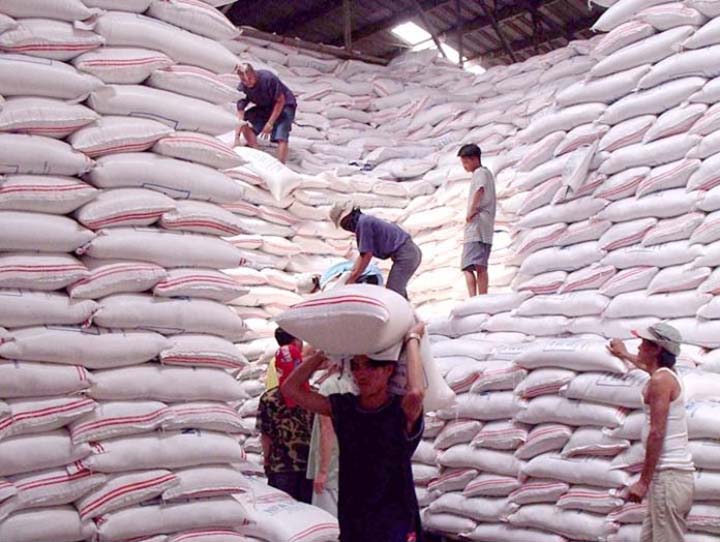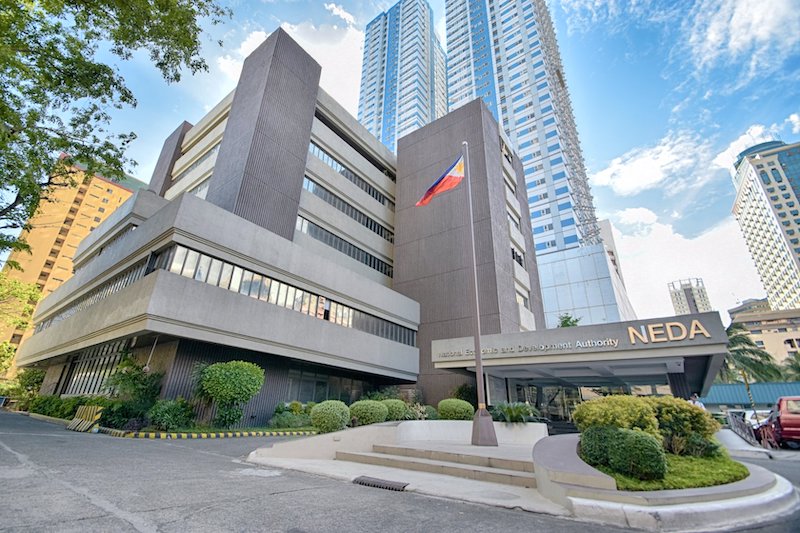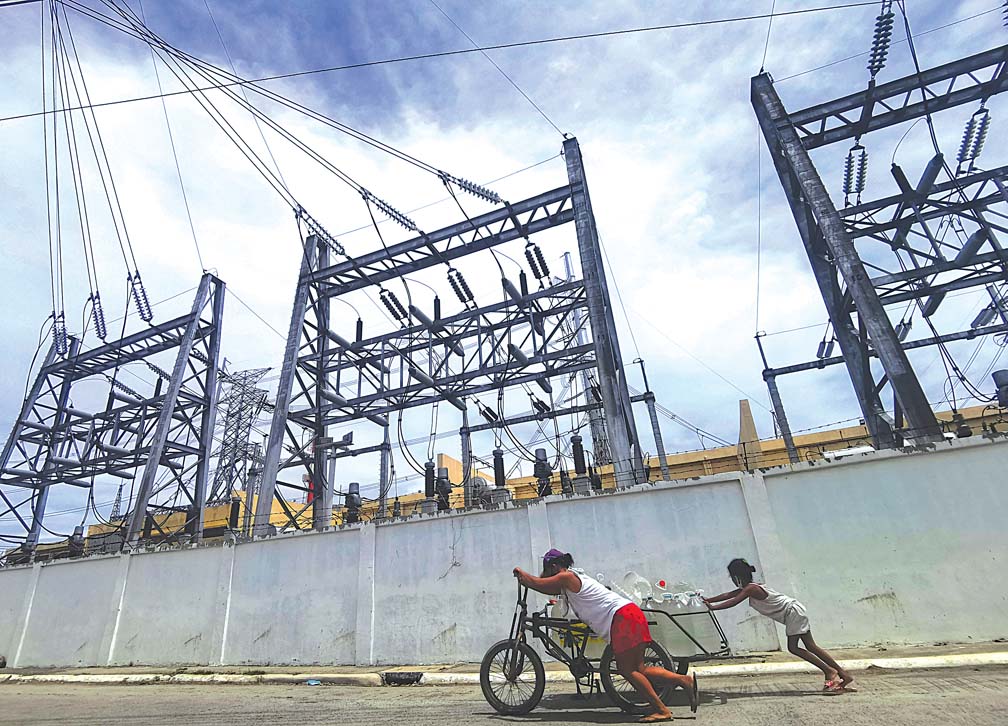BEVERAGE makers should not worry about incurring additional costs in the government’s plan to put health warnings on sugar-sweetened beverages (SSBs), Trade Secretary Ramon M. Lopez said, as he pointed out that they only need to alter the packaging of the drinks.
In an interview with reporters on Wednesday, Lopez said his agency is now engaging the Food and Drug Administration and the beverage industry on President Duterte’s recently declared, albeit verbal, policy to place health warnings on sugar-based drinks. He said the FDA will head the selection of beverages that will be required to abide by the new directive.
“We’ll select the products that will be included and what kind of warning should we put at the label. What is important is that there has to be some kind of warning,” Lopez said in a mix of English and Filipino.
He explained the sugar indicator on powdered juice packs is different from the sugar content when the concentrate is mixed with water. This is what the FDA has to identify, according to Lopez, for consumers to be aware of how much sugar is in their drinks.
The trade chief said he is in favor—although it is still up for review—of putting health warnings on SSBs with more than 30 grams of sugar per serving. “What can we look at [are those with] high grams—but, of course, subject for discussion—[of sugar], probably anything about 28 grams to 30 grams above per serving,” he said.
“Right now, we’re looking at high sugar beverages [both ready to drink and powdered], but what is important is to compute it on per serving,” he added.
Lopez also told beverage makers not to get concerned about additional costs, as they can easily change a portion of their packaging to make space for the health warning. He added the warnings will not contain the same graphic images seen in cigarette packs, which the government rolled out in a bid to bring down the number of smokers.
“It’s just [a] change [in] packaging [with] no additional costs. You only add cost if it is immediate implementation and you have to scrap the existing packaging. However, if you allow them to use it up [until the old inventory runs out], their next order will have the right layout, the right label,” Lopez said. He added the government will allow beverage makers to dry out their inventory first, before running the first batch of SSBs with health warnings by August.
Lopez explained the policy’s rationale is to inform buyers how much sugar they will be taking in when consuming SSBs. He said the nutrition information and ingredients of a drink are not enough to inform consumers who “do not read what’s on the back.”
Image credits: Nonie Reyes























